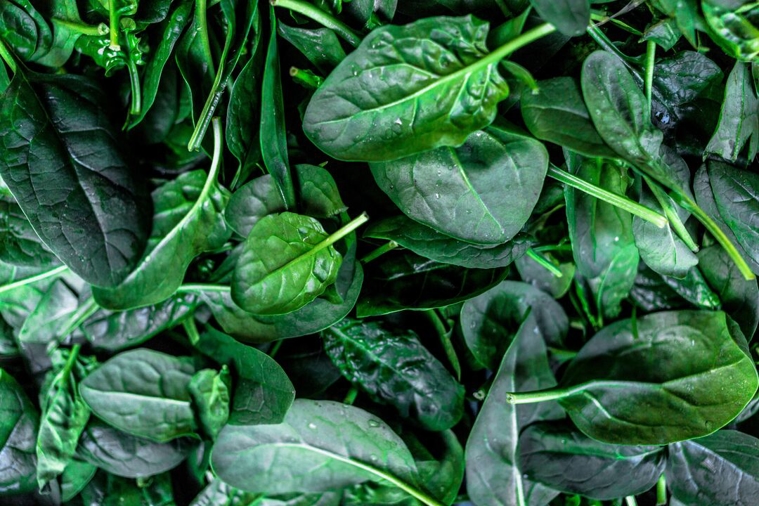Redefining Food
May 24, 2022

Jeremy Clay, MD, MPH
Every week there seems to be a new diet that claims the ability to have amazing weight loss results. Food advertising permeates life from billboards to commercials to ads on Google searches. People are confused when doctors, dieticians and health professionals cannot seem to agree. Even the United States and Canada cannot seem to agree on their dietary guidelines. Fortunately, there is a growing consensus in the science on what foods truly promote health.
I would like what goes into my body to have a few properties to call something “food”:
- Promotes health rather than disease
- Works with my body to help me feel satisfied at the right time and make inner workings function properly
- Helps with weight management, promoting weight loss and maintenance of healthy weight
- Is affordable
- Tastes delicious
The growing body of evidence supports a whole food plant-predominant dietary pattern that can accomplish each of my above goals, which is how I strive to eat myself. For the intellectually curious, books such as “How Not to Die”and “How Not to Diet”by Dr. Michael Greger and “Eat to Live” by Dr. Joel Fuhrman offer fascinating insights into a way of eating that sets us up for a life of health.
As it turns out, nature packages fuel (macronutrients) and vitamins (micronutrients) in a way that maximizes our body function and longevity. Take spinach as an example: it goes great in a salad, soup, healthy lasagna or smoothie and has been shown to be protective against multiple types of cancer, protect the eyes from macular degeneration, improve circulation, and fight a variety of diseases with high amounts of antioxidants. Its massive nutrient density with low calories helps to fill stomachs full by activating stretch receptors which make us feel satisfied after a meal that is not a setup for weight gain. Unlike chips and cookies, it also does not overstimulate the reward center of our brain, which is linked to addictions. Pair it with beans, mushrooms, nuts and avocado and you have quite a meal. Is anyone getting hungry?
The key to choosing healthy foods seems to be the level of processing. The less processing performed on a food the better. As edible plants grow, they use energy from sunlight and nutrients from the soil to make carbohydrates, fats, and protein mixed with micronutrients in internal factories. It is possible to take wheat and soybeans (with a few extras) and make an Oreo cookie through artificial processing, though few would think of Oreos as a health food. A comparable though more dynamic process happens when a cow eats the same base ingredients and processes the calories into usable carbohydrates, protein, and fat that look drastically different than the original.
Keep in mind that food may require washing or cooking to its edible form prior to eating. Combining ingredients into delicious dishes makes me very happy. Here is where I look for my sources of “food”:
- Vegetables
- Fruits
- Whole grains
- Nuts and seeds
- Legumes (beans)
- Mushrooms
- Herbs and spices
Shifting our diet toward “food” has the potential to prevent 80% of chronic disease in the United States. We need to start seeing highly processed foods and animal products in the way most people view alcohol, marijuana and cigarettes by redefining “food” to unprocessed edible plants.
Following a whole food plant-predominant diet has been shown to reverse and prevent heart disease, diabetes, various cancers, obesity, hypertension, and autoimmune diseases. One commonality among the longest-lived healthiest people is a diet high in whole plant foods. What will you start today to choose real “food”?
Related articles

Celebrating International Women’s Day and National Nutrition Month with insights from Chef Nina Curtis
March 8, 2019

Healthy eating from your own garden: Easy veggies to plant and grow
May 11, 2020

How to have an earth-friendly picnic
April 22, 2019